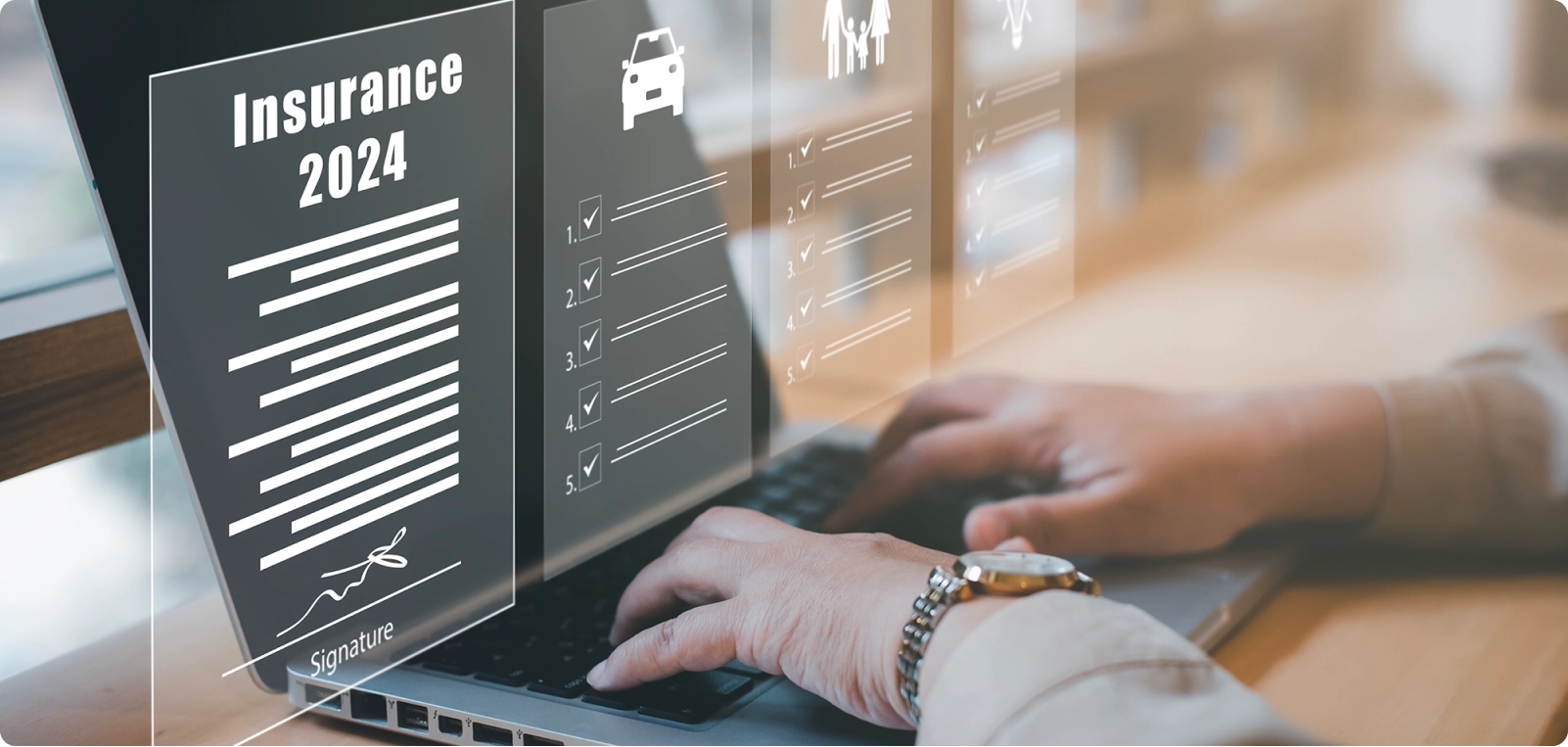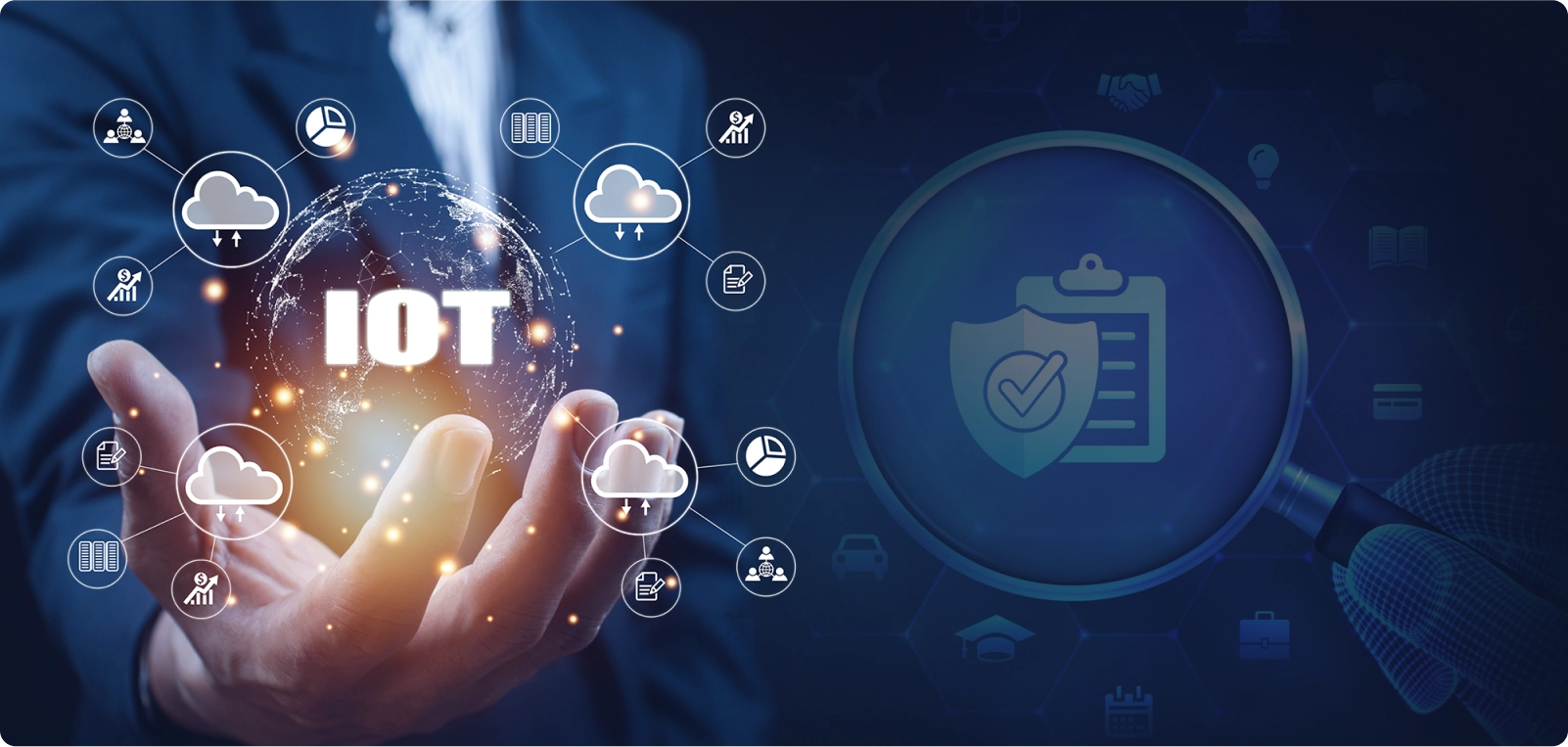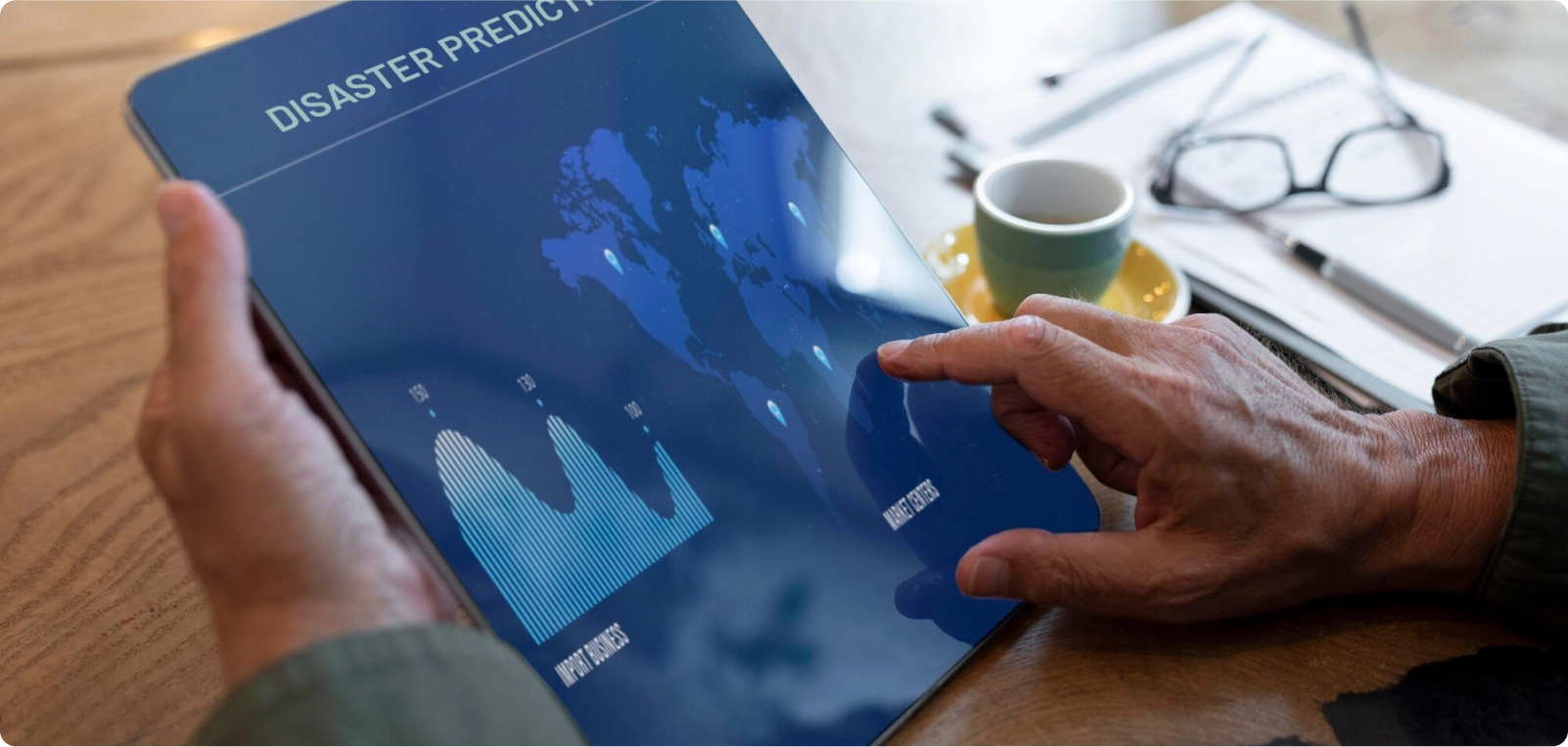
Implement automation for faster claims processing, from submission to settlement, reducing the turnaround time and operational costs.
Use blockchain technology for secure, transparent, and efficient claims processing, reducing fraud and errors.

Enhance underwriting accuracy by integrating data from various sources (social media, IoT devices, public records) for a comprehensive risk profile.
Use AI to streamline underwriting processes, improving efficiency and consistency in decision-making.

Use big data analytics to identify potential customers and tailor marketing campaigns to specific demographics.
Create seamless customer experiences across various channels (online, mobile, in-person) to attract and retain customers.

Use IoT devices and telematics to collect real-time data for risk assessment in areas like automotive, health, and property insurance.
Develop predictive models to assess risk more

Implement geospatial analysis for better risk assessment and response planning in disaster-prone regions.

Deploy chatbots to handle routine customer inquiries, policy information, and claims status updates, providing 24/7 support.
Utilize data analytics to offer personalized insurance products and pricing based on individual customer profiles and behavior.inquiries, policy information, and claims status updates, providing 24/7 support.

Analyze customer data to identify those at risk of leaving and proactively engage them with targeted offers and personalized communication.inquiries, policy information, and claims status updates, providing 24/7 support.
Implement loyalty programs and rewards to retain customers and encourage long-term relationships.and pricing based on individual customer profiles and behavior.inquiries, policy information, and claims status updates, providing 24/7 support.

Use data from wearable devices to offer personalized health insurance plans and wellness programs.
Incorporate telemedicine services to provide added value to policyholders and reduce claims by promoting preventive care.

Implement AI to detect fraudulent claims by analyzing patterns and anomalies that human adjusters might miss.
Use predictive analytics to identify potentially fraudulent activities before they occur.

Employ regulatory technology to ensure compliance with industry regulations and standards, automating reporting and monitoring processes.
Use blockchain for secure and transparent tracking of compliance-related activities and documentation.